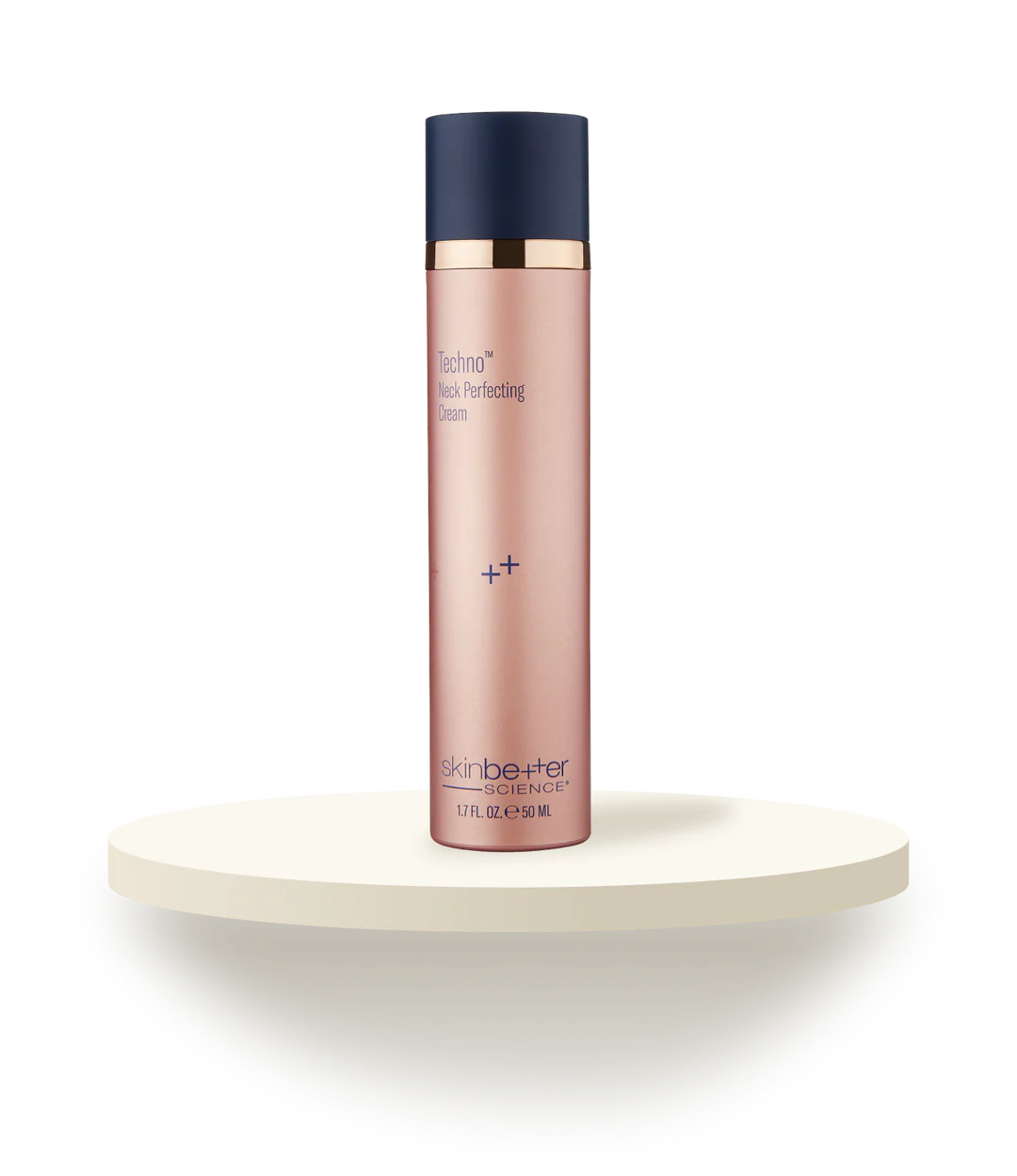Excessive Sweating
Sweating is natural and critical to thermoregulation. It feels good during a solid workout, but not so much when you’re sitting at your desk, or out for dinner, or really anywhere else.
Excessive sweating, otherwise known as hyperhidrosis, occurs in individuals with overactive sweat glands. It is relatively uncommon with an estimated three percent of individuals in the United States affected. Hyperhidrosis can result from a genetic predisposition, an existing medical condition, or from a medication or supplement. Hyperhidrosis typically develops later in life. Although hyperhidrosis is not associated with any serious health risks, let’s be real excessively sweating is embarrassing and frustrating, and severe cases can negatively impact quality of life. It’s also entirely treatable.
The body has two types of sweat glands: eccrine and apocrine. Eccrine sweat glands are found all over the body surface and open directly onto the skin. Apocrine glands open into a hair follicle and are prevalent in the groin, scalp, and armpits.
The purpose of sweating is to maintain homeostasis through thermoregulation. When we overheat due to exertion or environmental temperatures our bodies excrete sweat to evaporate off the skin, thereby dissipating heat. Technically, sweat needs to naturally evaporate to be most effective-so toweling off is actually less efficient.
Hyperhidrosis is caused by faulty wiring. Seriously, improper nerve functioning with inappropriate signaling causes sweat glands to be overstimulated leading to excess perspiration. So instead of sweating when appropriate to lower your body temperature, individuals with hyperhydrosis may sweat noticeably at any time.
Hyperhidrosis is predominantly hereditary-thank your parents. Genetically correlated hyperhidrosis is considered primary hyperhidrosis. The clinical symptoms of primary hyperhidrosis typically manifest spontaneously in otherwise healthy individuals. Men and women with hyperhidrosis will notice sweating outside of normal stimuli like hot environments and emotional responses.
Individuals may also exhibit signs of hyperhidrosis due to pre-existing medical conditions, such as an overactive thyroid, cancer, mental health concerns, and also due to medications and supplements. It can be beneficial to check with your doctor to determine if any medications may be the underlying cause of excessive sweating.
Hyperhidrosis due to other medical conditions or external factors is considered the secondary form. This form can cause excess sweating over larger areas of the body compared to the primary form.
There are two general classifications of hyperhidrosis:
Signs of primary focal hyperhidrosis tend to develop early in life whereas secondary hyperhidrosis usually develops during adulthood. Any individual can develop hyperhidrosis regardless of their gender, age, or race. The excessive sweating is not only physically frustrating, but can also cause self-consciousness. When over the counter antiperspirants and other topicals are not sufficient, an individual may benefit from consulting a professional provider.
Although there is no cure for hyperhidrosis, several treatment options are available to reduce the excess sweating related to both primary and secondary hyperhidrosis. Given sweating is critical to daily life, several cosmetic and non-cosmetic procedures exist to continue to allow the body to produce sweat-just not so excessively. In some cases, medical providers may require a “sweat test” in order to make a proper diagnosis.
For a deeper dive into the treatment options listed above, check out our guide to Excessive Sweating Solutions.
